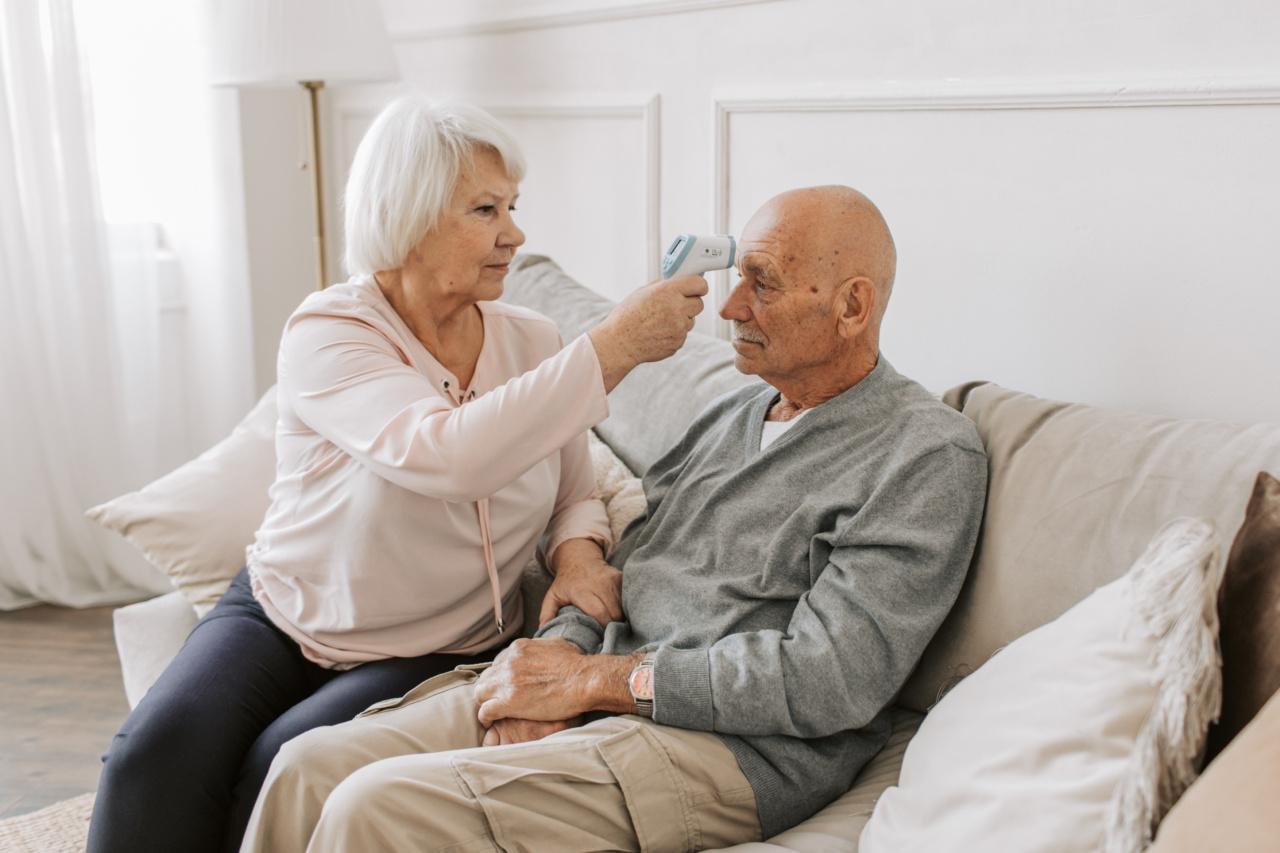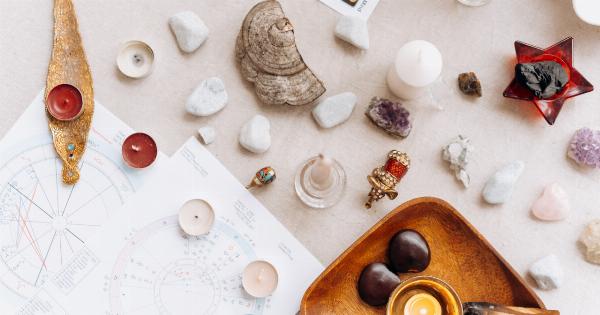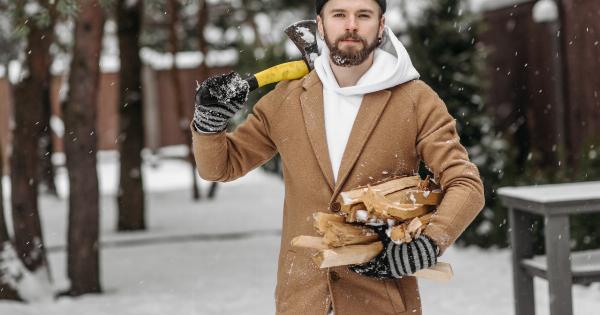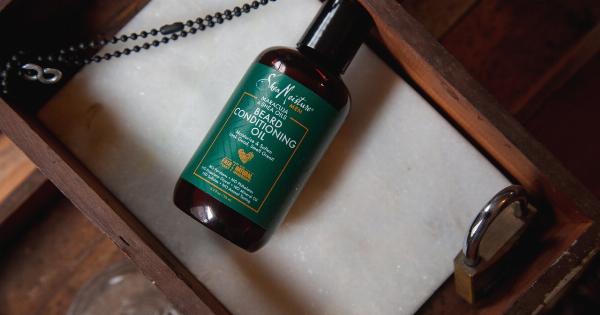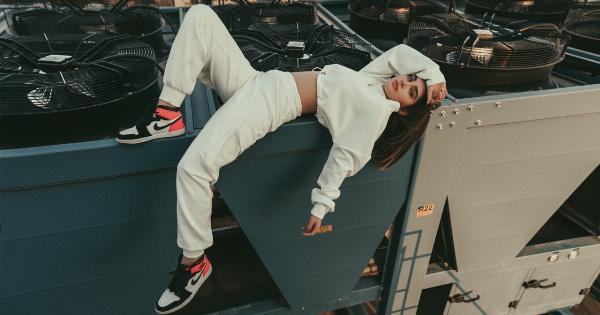Blow-drying has become an essential part of many people’s daily hair care routine. Whether you are trying to achieve a professional hairstyle or simply want to dry your hair quickly before heading out, blow-drying seems like the perfect solution.
However, the excessive use of heat on your hair can have detrimental effects if not done correctly.
The Potential Damage of Blow-Drying
When you blow-dry your hair, you expose it to high temperatures that can cause significant damage over time. The excessive heat can strip away the moisture from your hair strands, leaving them brittle, dry, and prone to breakage.
Additionally, blow-drying can lead to a loss of natural oils, resulting in a lack of shine and luster in your hair.
Frequent blow-drying can exacerbate existing hair problems such as split ends, frizz, and an overall dull appearance.
Using improper techniques or overheating the hair can even lead to irreversible damage, including hair thinning and balding in severe cases.
The Importance of Using the Right Temperature
One of the crucial factors in mitigating the damage caused by blow-drying is using the right temperature.
It is essential to strike a balance that allows you to dry your hair efficiently without going overboard and subjecting your hair to excessive heat. So, what temperature is safest for blow-drying hair? Let’s explore some guidelines below.
Understanding Hair and Heat
Before determining the safest temperature for blow-drying, it is essential to understand your hair’s structure. Hair is primarily composed of a protein called keratin.
When exposed to high temperatures, the protein structure can break down, leading to damage and potential hair loss.
The ideal temperature for blow-drying depends on your hair’s thickness, texture, and overall health.
Fine hair tends to be more delicate and requires lower heat settings, while thick or coarse hair may benefit from slightly higher temperatures to achieve optimal drying.
Temperature Settings on Hair Dryers
Most modern hair dryers offer multiple temperature settings, which allow you to adjust the heat according to your hair type. These settings typically range from cool, warm, to hot.
Additionally, some hair dryers come with advanced features like ionic or ceramic technology, which can distribute heat more evenly and reduce damage.
While it may be tempting to set your hair dryer to the highest temperature to speed up the drying process, it is crucial to resist this temptation. Choosing excessively high temperatures can cause irreversible damage to your hair.
Instead, follow these guidelines to find the safest temperature setting for your hair:.
1. Start with the Lowest Heat Setting
Begin by using the lowest heat setting on your hair dryer and assess how effectively it dries your hair. If it is not drying as quickly as you would like, adjust the temperature slightly higher and test again.
Repeat this process until you find the optimal heat setting that efficiently dries your hair without excessive heat exposure.
2. Take Hair Texture into Account
As mentioned earlier, hair texture plays a significant role in determining the right temperature for blow-drying. If you have fine or damaged hair, it is advisable to stick to lower heat settings.
Coarser or thicker hair types can tolerate slightly higher temperatures, but caution should still be exercised.
3. Use the Cool Shot Button
Most hair dryers feature a cool shot button, which releases a blast of cool air. This function is particularly useful for locking in your hairstyle and reducing heat damage.
After blow-drying your hair using warm or hot air, finish off with a final cool shot to seal the cuticles and provide added shine.
4. Invest in a Quality Hair Dryer
Not all hair dryers are created equal. Investing in a high-quality hair dryer with advanced features can significantly minimize damage caused by heat.
Look for hair dryers that offer ceramic or ionic technology, as these distribute heat more evenly and reduce the risk of scorching or burning your hair.
5. Use Heat Protectant Products
Before blow-drying, consider applying a heat protectant product to shield your hair from excessive heat exposure. Heat protectants create a barrier between your hair and the high temperatures, reducing damage and promoting healthier hair.
Maintaining Hair Health
While using the right temperature during blow-drying is crucial, it is equally important to take other measures to maintain overall hair health. Here are some additional tips to keep your hair in optimal condition:.
1. Limit Blow-Drying Frequency
Giving your hair occasional breaks from blow-drying can significantly reduce damage. Whenever possible, let your hair air dry naturally or opt for alternative drying methods, such as using a microfiber towel or a gentle hair turban.
2. Avoid Direct Heat
Avoid holding the blow dryer too close to your hair or in one spot for an extended period. This concentrated heat can cause localized damage and weaken the hair shaft.
Instead, maintain a distance of at least 6 inches between the hair dryer and your hair, and keep the dryer in constant motion.
3. Opt for Lower Air Speed
While it may be tempting to use the highest airspeed setting to dry your hair faster, this can cause tangles and knots.
Opt for a lower airspeed setting and combine it with the right temperature setting to achieve efficient drying while minimizing damage.
4. Nourish Your Hair
Regularly moisturizing and nourishing your hair is crucial to counteract the damage caused by blow-drying. Use hydrating hair masks, conditioners, and serums to restore moisture and promote overall hair health.
Conclusion
In conclusion, the safest temperature for blow-drying your hair depends on various factors, including hair thickness, texture, and overall health. It is best to start with the lowest heat setting and gradually increase if needed.
Additionally, utilizing the cool shot button, investing in a quality hair dryer, and using heat protectant products can all contribute to minimizing damage.
Remember, maintaining overall hair health is key, and limiting the frequency of blow-drying, avoiding direct heat, and opting for lower air speeds are additional precautions that can help prevent damage.
By following these guidelines, you can achieve your desired hairstyle without sacrificing the health and integrity of your hair.
